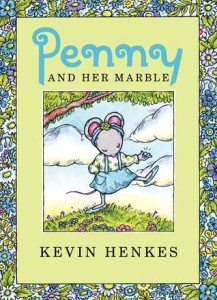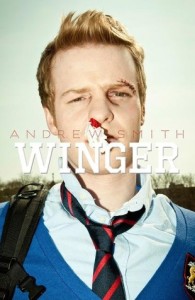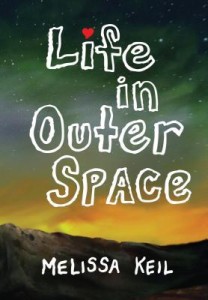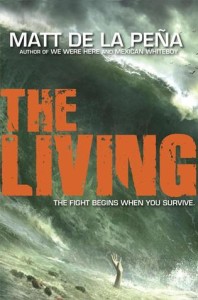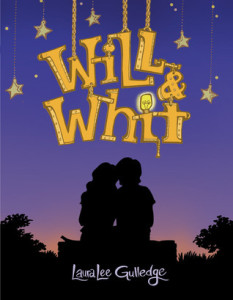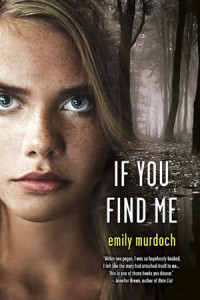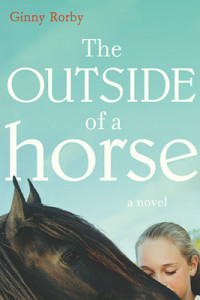Penny and her Marble
Author and Illustrator: Kevin Henkes
Published February 19th, 2013 by GreenwillowBooks
Goodreads Summary: In the third easy-to-read book about Penny the mouse, written by Caldecott Medalist and bestselling author Kevin Henkes, Penny finds a beautiful marble on her neighbor’s lawn and must decide whether or not to keep it. With age-appropriate vocabulary, compelling characters, and a memorable storyline, this is just right for newly independent readers.
Kevin Henkes is known for his mouse characters, including Lilly, Owen, Chrysanthemum, Wemberly, and now Penny! In Penny and her Marble, the third book in the Penny series, Penny finds a marble on Mrs. Goodwin’s yard and takes it home. But does the marble really belong to Penny? Kevin Henkes is a master at creating beautifully illustrated books that resonate with young children. The Penny books are new classics for beginning readers and will appeal to fans of Frog and Toad, Little Bear, and Henry and Mudge.
Review and Teacher’s Tools for Navigation: I am a huge fan of Kevin Henkes. I really enjoy everything he writes—he is so talented! His work ranges from picture books to early readers to chapter books to middle grade novels and all that I’ve read, I’ve enjoyed, and Penny and Her Marble was no different. Like the Goodreads summary says, Penny’s story is perfect for our early readers. Her story is one that children will connect with; however, Henkes never talks down to his readers. What struck me was the beautiful language that he used throughout–to describe Penny’s feelings, the marble, the day, etc.
Discussion Questions: If you were Penny, would you have kept the marble?; Is there anything you’ve taken without asking? What did you do?; Like Kevin Henkes does, look at different marbles and use similes to describe them.
We Flagged: “The marble was so blue it looked like a piece of the sky. Penny went to the window and held up the marble. She was right. The marble was like a piece of the sky.” (p. 16-17)
Read This If You Loved: Other Kevin Henkes books, Frog and Toad by Arnold Lobel, Little Bear by Else Holmelund Minarik, Scaredy Squirrel by Melanie Watt
Recommended For:
